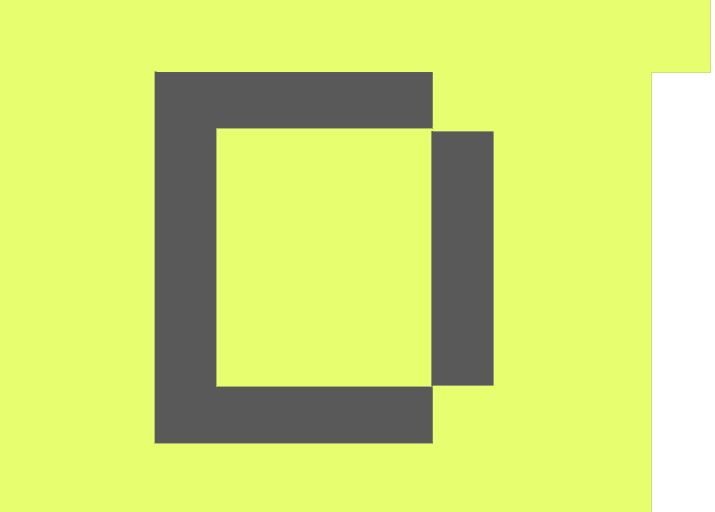
Michael Goodyear
NYU School of Law
Artificial Infringement
Abstract
Generative AI is changing the way we do everything from legal research to artistic creation. This is possible through recent advances in machine learning that allow AI systems to program themselves. With greater AI capacity, however, comes increasingly unpredictable outputs. AI systems will often generate an output the user and the developer never considered. Sometimes, these unforeseen outputs can infringe others’ copyrights in creative works. In the past two years, copyright law has become one of the leading legal and policy battlegrounds for generative AI. Yet the question of who should be liable when AI systems infringe has barely been addressed.
By examining the historical and doctrinal response of copyright law to new technologies, this Article offers a new analytical framework for determining liability for what it terms artificial infringement, or infringing outputs created by generative AI systems. Time and again, new technologies have posed challenges to existing copyright law, straining its capacity to both protect authors’ rights to incentivize new creative works and provide public access to those works. Courts and Congress have been able to maintain this balance by using a variety of doctrinal tools, including fair use, compulsory licensing, and secondary liability. One undertheorized tool, however, is the refinement of the copyright infringement claim. Courts introduced the “volition or causation” requirement to balance copyright in response to the rise of complex machine-generated infringements.
This Article proposes that the AI system should be held directly liable for artificial infringement because it caused the infringing expression to occur. By making the AI system the direct infringer, courts can remove copyright law from strict liability and instead utilize and refine secondary liability doctrines to conduct a more nuanced, fault-based analysis of user and developer liability for AI-generated infringements. Together with the fair use doctrine, this conceptualization of the AI system as the direct infringer and users and developers as potentially secondarily liable provides a more comprehensive resolution to the existential infringement battles between copyright owners and AI while maintaining a balance between copyright’s competing policy goals.
About
Michael Goodyear is an Acting Assistant Professor of Lawyering. He is also a Fellow at the Engelberg Center on Innovation Law & Policy at NYU, a Fellow at the Università degli Studi di Milano's Information Society Law Center, and a faculty affiliate at the University of North Carolina's Center for Information, Technology, and Public Life (CITAP). Michael’s research analyzes how copyright and trademark law can facilitate expression. He examines the potential of intellectual property law to spark and stymie technological and cultural change, including generative AI, deepfakes, and blockchain. He also studies how intellectual property law can empower historically underrepresented populations, especially the LGBTQ+ community. His work has been published or is forthcoming in over a dozen journals, including the UC Davis Law Review, University of Illinois Law Review, Stanford Law Review Online, and Vanderbilt Journal of Entertainment and Technology Law.
Michael started his legal career as an associate at Weil, Gotshal & Manges LLP in the Complex Commercial Litigation and Intellectual Property & Media groups, where he litigated intellectual property cases and counseled clients in the tech industry such as Meta, Alibaba, Samsung, eBay, and Pinterest. Michael received his J.D., cum laude, from the University of Michigan Law School, where he was the Editor-in-Chief of the Michigan Technology Law Review. He received his B.A. from the University of Chicago in History and Near Eastern Languages and Civilizations, Phi Beta Kappa, with honors, where he studied Byzantine history.
